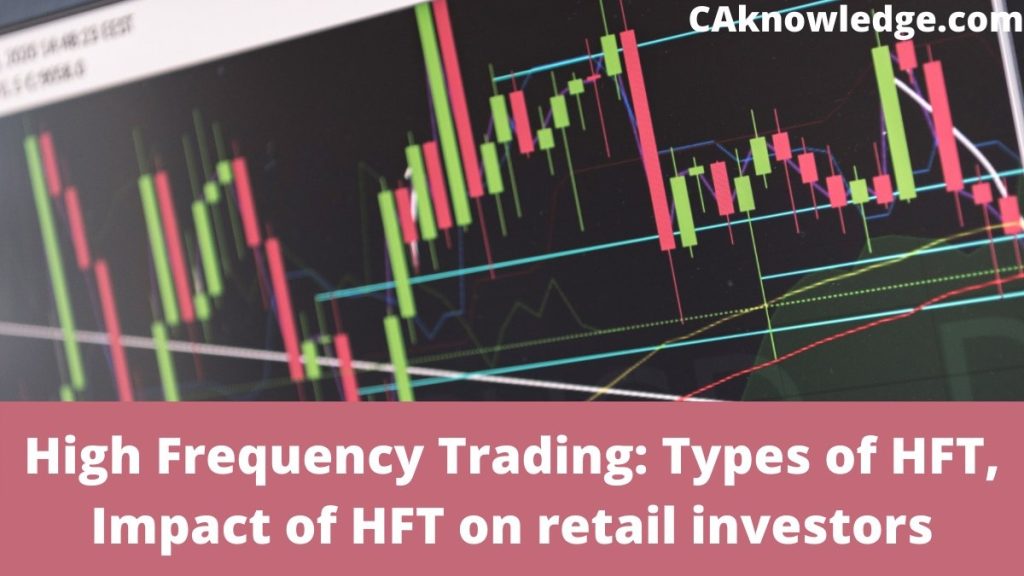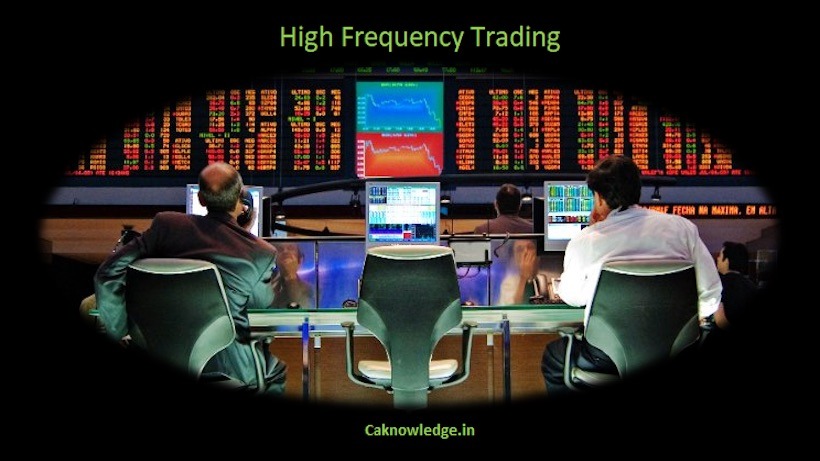High-frequency trading is one of the specialized methods of algorithmic trading. According to the Securities and Exchange Commission of the United States, frequency trading involves the following:
- The use of highly sophisticated and high-speed computer programs to create, route, and execute orders
- The use of individual data feeds from exchanges and co-located servers to minimize network and other types of latency.
- Maintaining very short timeframes for establishing and ending positions, resulting in the frequent trading of many small positions in one or more financial instruments
- Submitting many orders that are cancelled shortly after submission
- We are maintaining very few, if any, overnight positions.
Must Read – BOI Balance Enquiry Number 2024.
Quick Links
Types of High-Frequency Trading (HFT):
1. Proprietary Trading Firms:
These are firms that engage in high-frequency trading using their own money. The firm’s partners share the risks and rewards. Many of these firms act as market makers, automatically generating and executing daily buy and sell orders.
2. Subsidiary Firms:
These types of high-frequency trading firms are subsidiaries of brokerage firms. They set aside a separate desk for high-frequency trading.
3. Hedge Funds:
These are high-frequency trading firms primarily focusing on making profits using strategic arbitrage. They earn revenue from price discrepancies in securities and other asset classes.
Check out – IndusInd Bank Balance Enquiry Number 2024.
How do high-frequency traders make profits?

1. Market Making:
High-frequency trading involves market making, i.e., placing buy orders and selling orders with a price band that involves carefully calculated spreads. The buy orders are placed at a price slightly lower than the current price, while the sell orders are placed at a price somewhat higher than the current price. These buy and sell orders are executed very quickly by sophisticated computers using complex programs. In this way, large transactions with nominal spreads will ultimately bring considerable profits to high-frequency trading firms.
2. Payment by Stock Exchanges and ECNs:
In countries like the US and UK, where high-frequency trading is a large part of the total market transactions, certain stock exchanges pay high-frequency trading firms, and electronic communication networks (ECNs) facilitate the trading of financial products outside the stock exchanges to provide liquidity.
3. Arbitrage:
High-frequency trading firms make money from price discrepancies between securities on different exchanges or different asset groups in the market. This strategy is widely called arbitrage in the financial world.
Also, check – South Indian Bank Balance Enquiry No 2024.
Effect of HFT on Retail Investors:
Several studies conducted in the United States have shown that HFT traders make more money when they execute orders with retail investors. Complex computer programs provide an advantage to HFTs in responding to changes in the market. Also, retail investors will go along with the artificial demand and supply controlled by HFTs, who place buy and sell orders to benefit from the spreads.

